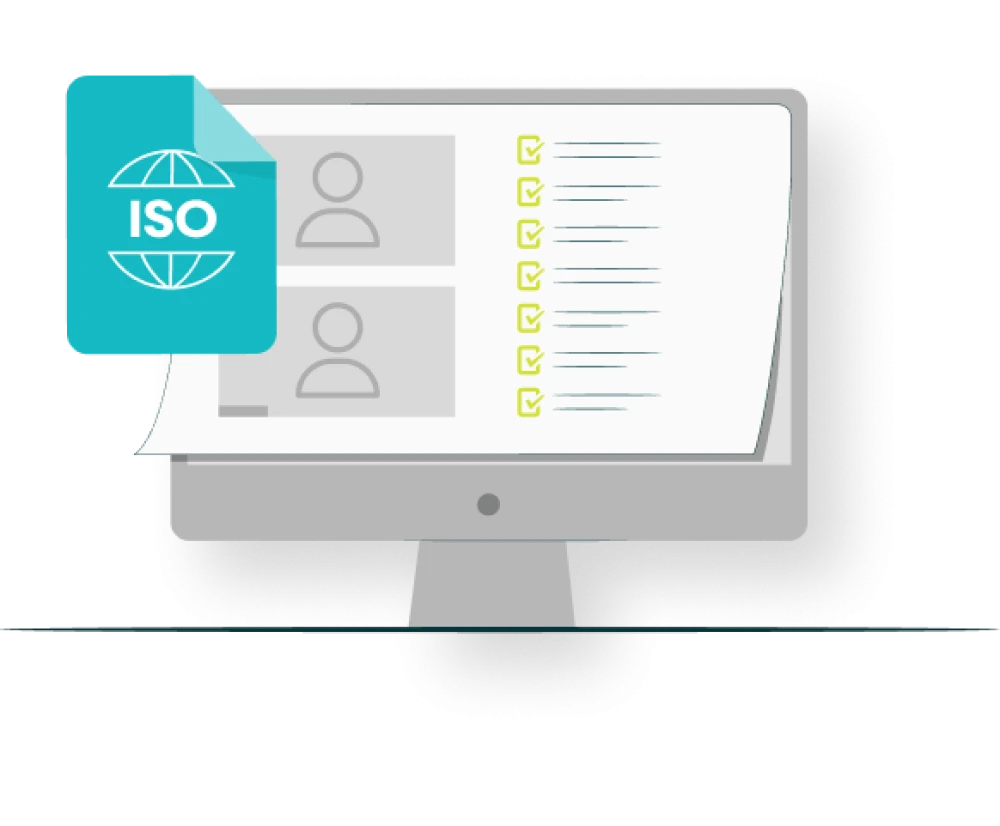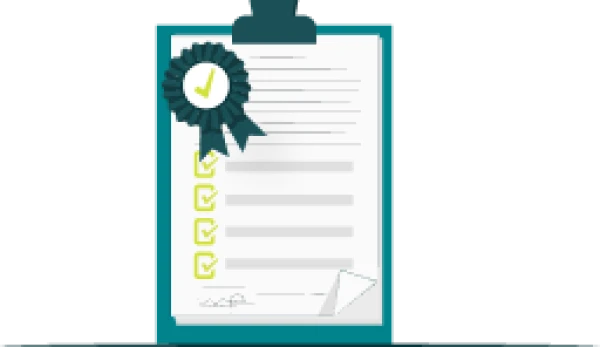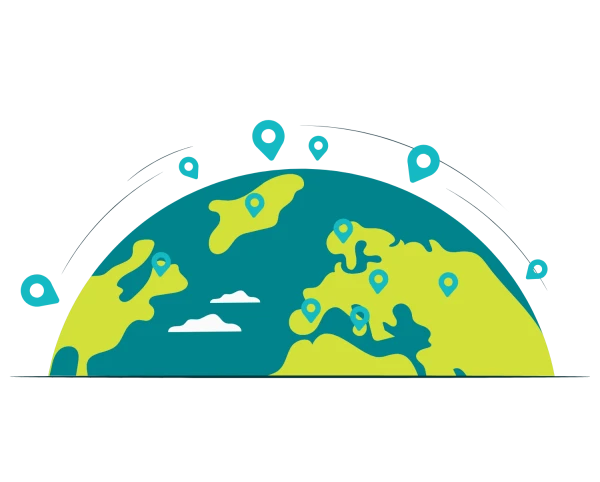Our team of ISO experts delivers tailored support, guiding you through every stage of your integrated ISO 9001 and ISO 27001 journey with confidence.
Whether you're preparing for your first certification or managing ongoing compliance, our expertise simplifies the process, saving you time and effort while ensuring full alignment with both standards.
Key Benefits of integrated management systems:
Enhanced Efficiency: Streamline processes by managing multiple ISO standards within one system.
Improved Compliance: Simplify the process by aligning your operations with the requirements of different standards.
Cost Savings: Reduce implementation time and effort, as well as audit costs by consolidating your management systems.
Reduction in Documented Information: Within the core management system requirements, one document can cover common requirements across the various standards.
Stronger Reputation: Demonstrate your commitment to continual improvement by complying to multiple standards, building trust with both internal and external stakeholders.
Based in the UK, our consultancy services are available remotely via MS Teams to organisations around the world with up to a 3-hour time difference.
Get in touch with us today to find out how our IMS consultancy services can help.





